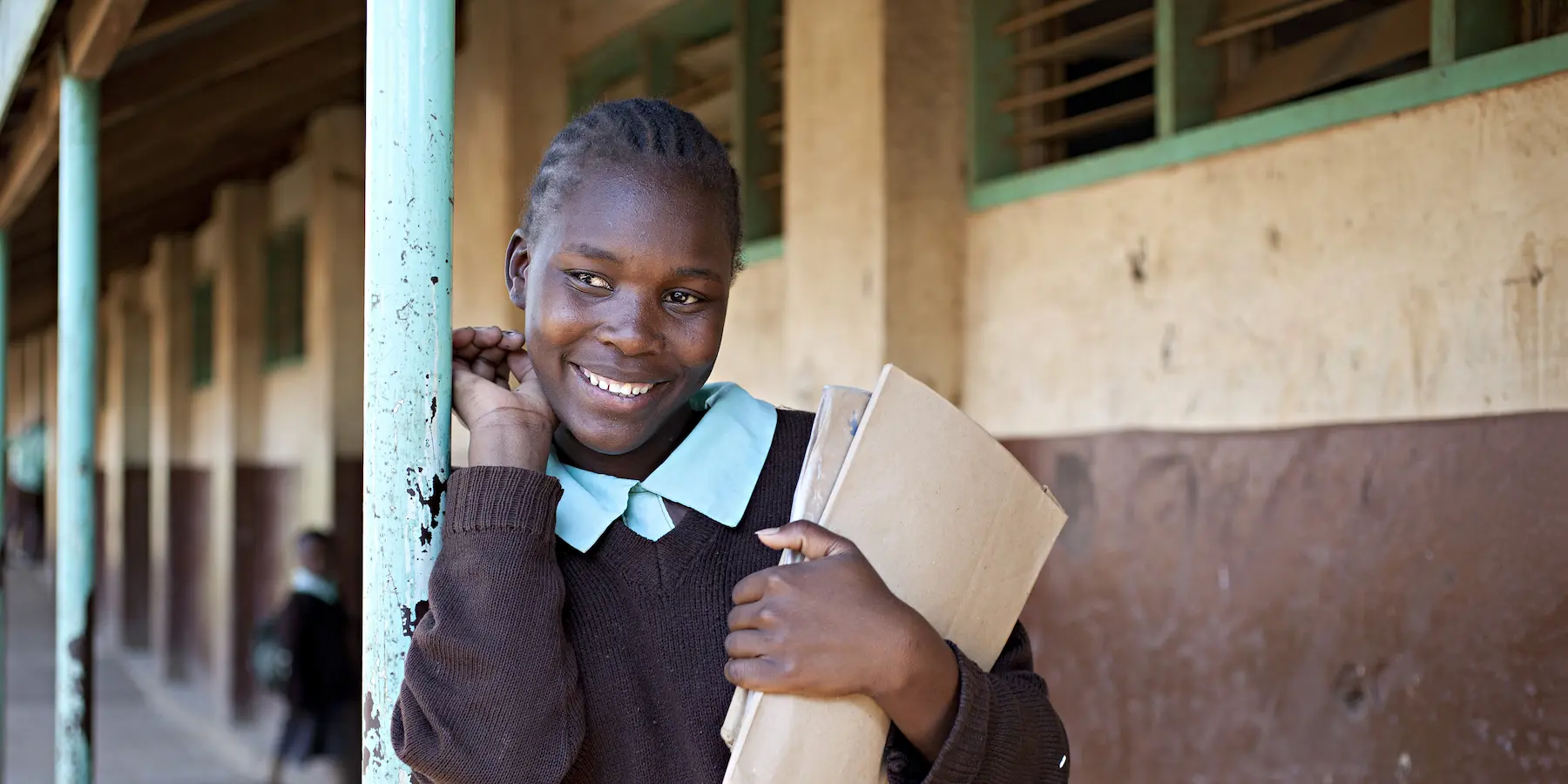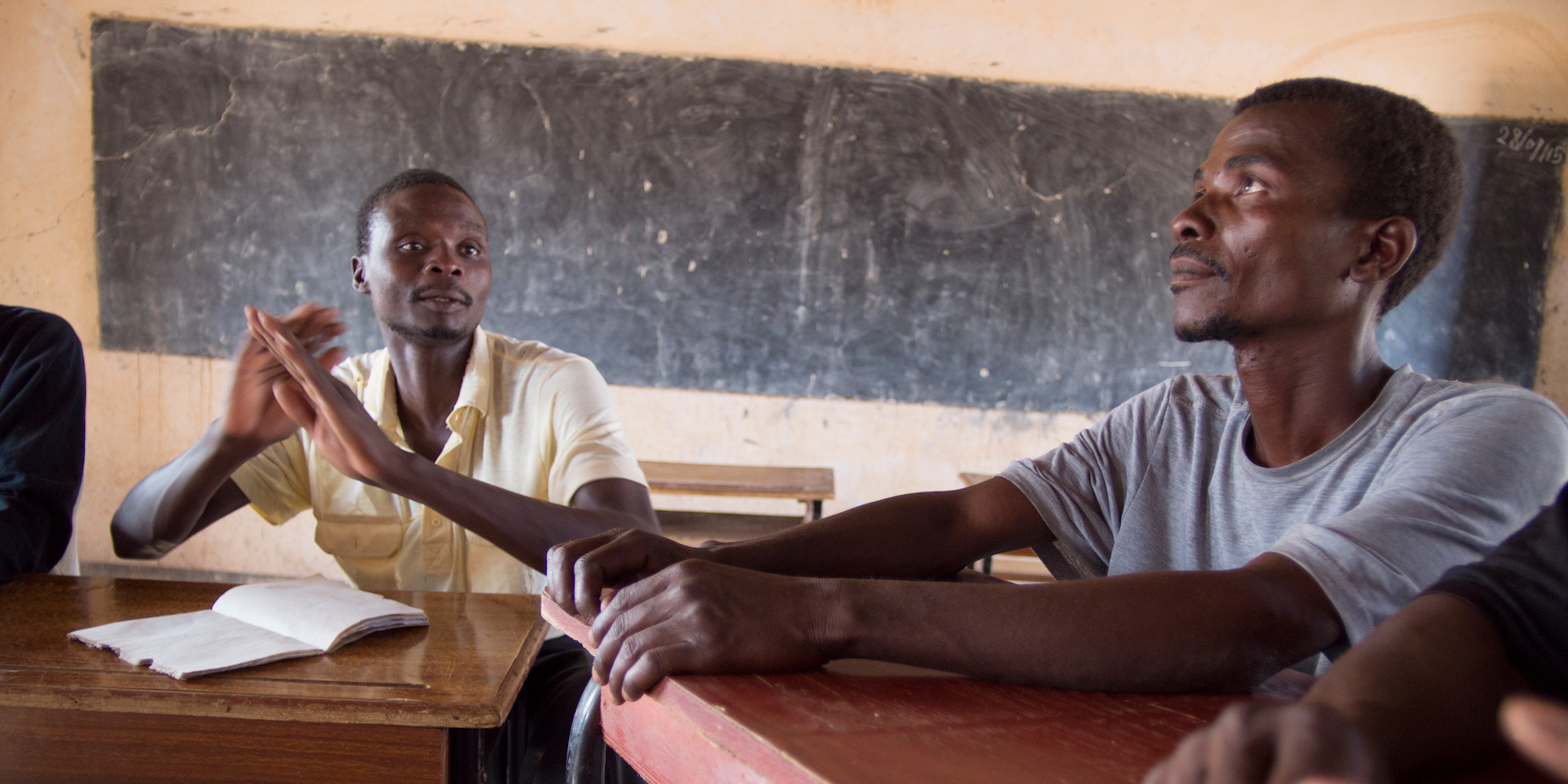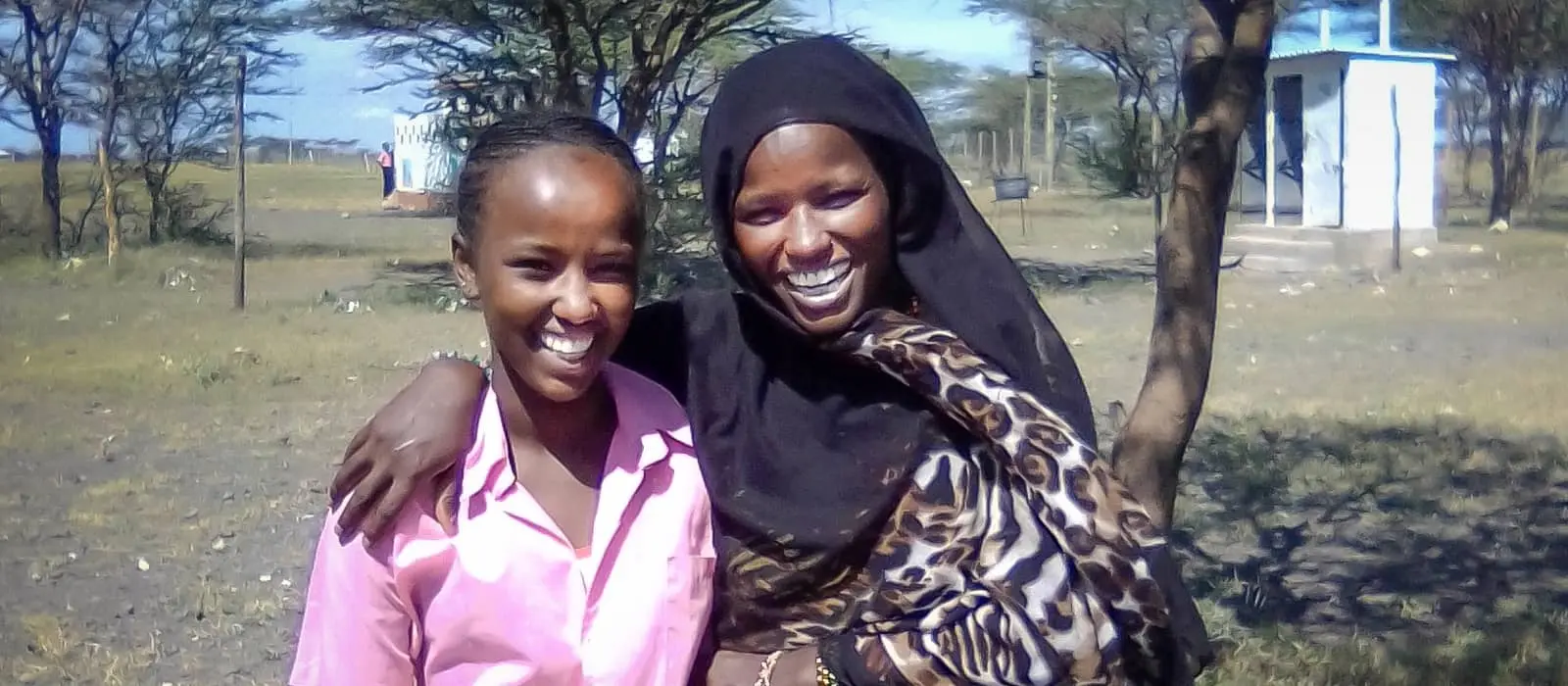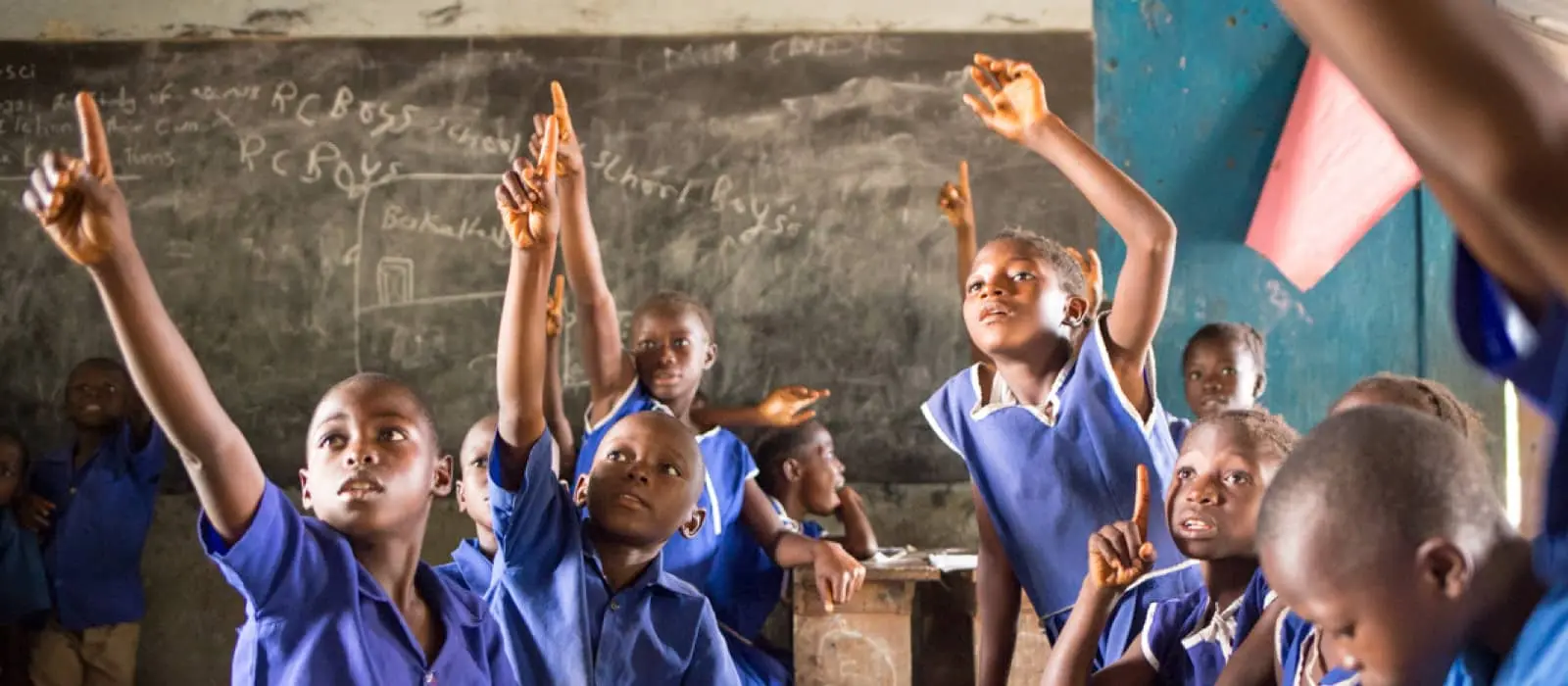A sense of excitement hangs in the air during back to school season in the United States. But for millions of children around the world, education is not a given (or even an option).
This is especially true for girls: According to UNESCO, 132 million girls worldwide were out of school at the beginning of 2020. This was before COVID-19 lockdowns further compromised gender equality in education. Schooling was disrupted for 1.5 billion students, and an estimated 11 million girls might not return to school. That would be a major setback for multiple reasons.
Gender discrimination is one of the many barriers to education around the world. That’s a situation we need to change. Below are four reasons why girls’ education can change the world. But first, here are a few more facts:
Girls’ education: Ten facts and figures
- In many countries, more than half of girls drop out before reaching the 6th grade
- In countries with low primary and secondary completion rates, the relative disadvantage of girls worsens with poverty
- Harmful social norms can prevent change from happening in female education.
- Over 25% of people surveyed by UNESCO believe that "a university education is more important for a boy.” Four countries in sub-Saharan Africa prohibit girls from going back to school after pregnancy
- Before the COVID-19 pandemic, UNESCO estimated 132 million girls around the world were out of school
- UNESCO estimates that, due to COVID-related disruptions, 11 million girls might not return to the classroom
- Adolescent girls (12-17) are the highest risk for dropping out of school in low-income countries
- About 40% of low-income countries have not taken any measures to support students who are most at-risk for exclusion
- Three-quarters of all primary-age children who may never set foot in school are girls
- Women still account for almost two-thirds of all adults unable to read
In the long term, more years of education can break the cycle of poverty by improving gender equality. This can be good for entire countries, but also have significant benefits for individual girls.
1. Girls’ education delays early marriage

According to UNFPA, one in every 3 girls in developing countries is married before the age of 18. But when a girl in the developing world receives 7 years of education, she marries 4 years later.
Researchers from the World Bank and the International Center for Research on Women examined 15 countries in sub-Saharan Africa (one of the regions of the world that is least conducive to education for girls). They found a strong relationship between education and child marriage. Each additional year of secondary education reduced the chances of child marriage.
2. Girls’ education is linked to better health
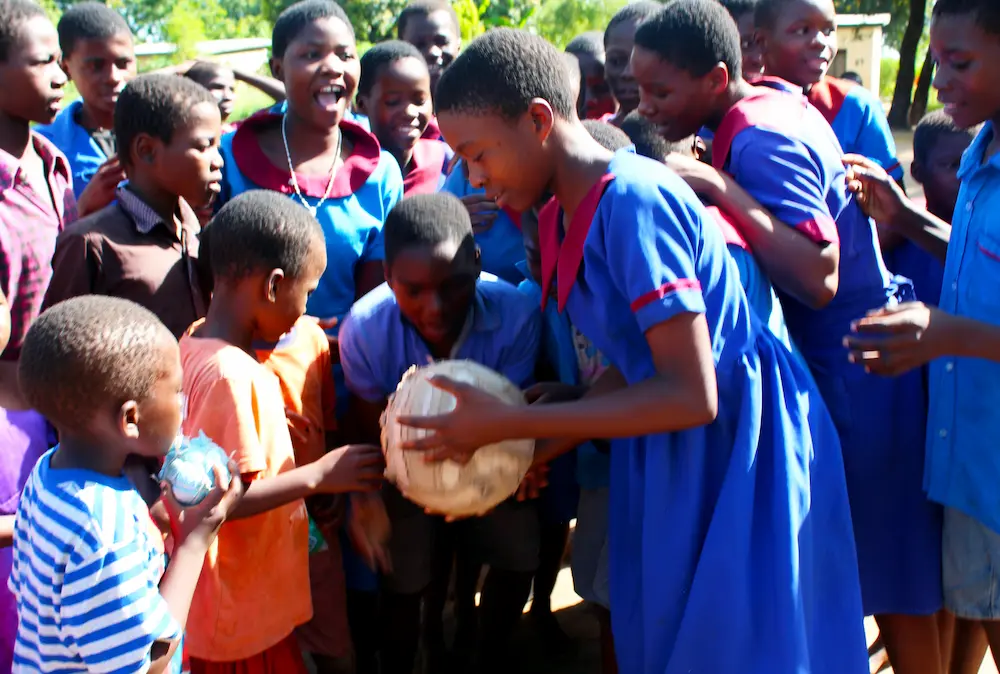
UNESCO defines this curriculum as “learning about the cognitive, emotional, physical and social aspects of sexuality, going beyond the narrower approaches that were more common in the past.” This type of program can improve health-related outcomes. It also expands education opportunities and helps to develop skills like critical thinking, decision-making, and responsibility.
Educated girls are also more likely to seek healthcare for themselves and their families. This is, in part, why the children of educated mothers are twice as likely to survive past the age of 5.
3. Girls’ education increases their earning potential…

Educated women are more likely to work and even own their own businesses. They generally earn higher incomes throughout their lives. According to UNESCO, a single year of primary education can increase a girl’s wages later in life by up to 20%. An extra year of secondary school can increase their wages by up to 25%.
What’s more, women invest up to 90% of their income back into their family, compared to the average 30–40% that men invest back into their households. The UN has found that increasing the share of household income controlled by women changes spending in ways that benefit children.
All of this can help break the cycle of poverty. When women have the education and capacity to work, they can end a vicious cycle that prevents them from earning and saving the money they need to achieve a brighter future.
4. …as well as that of their country’s
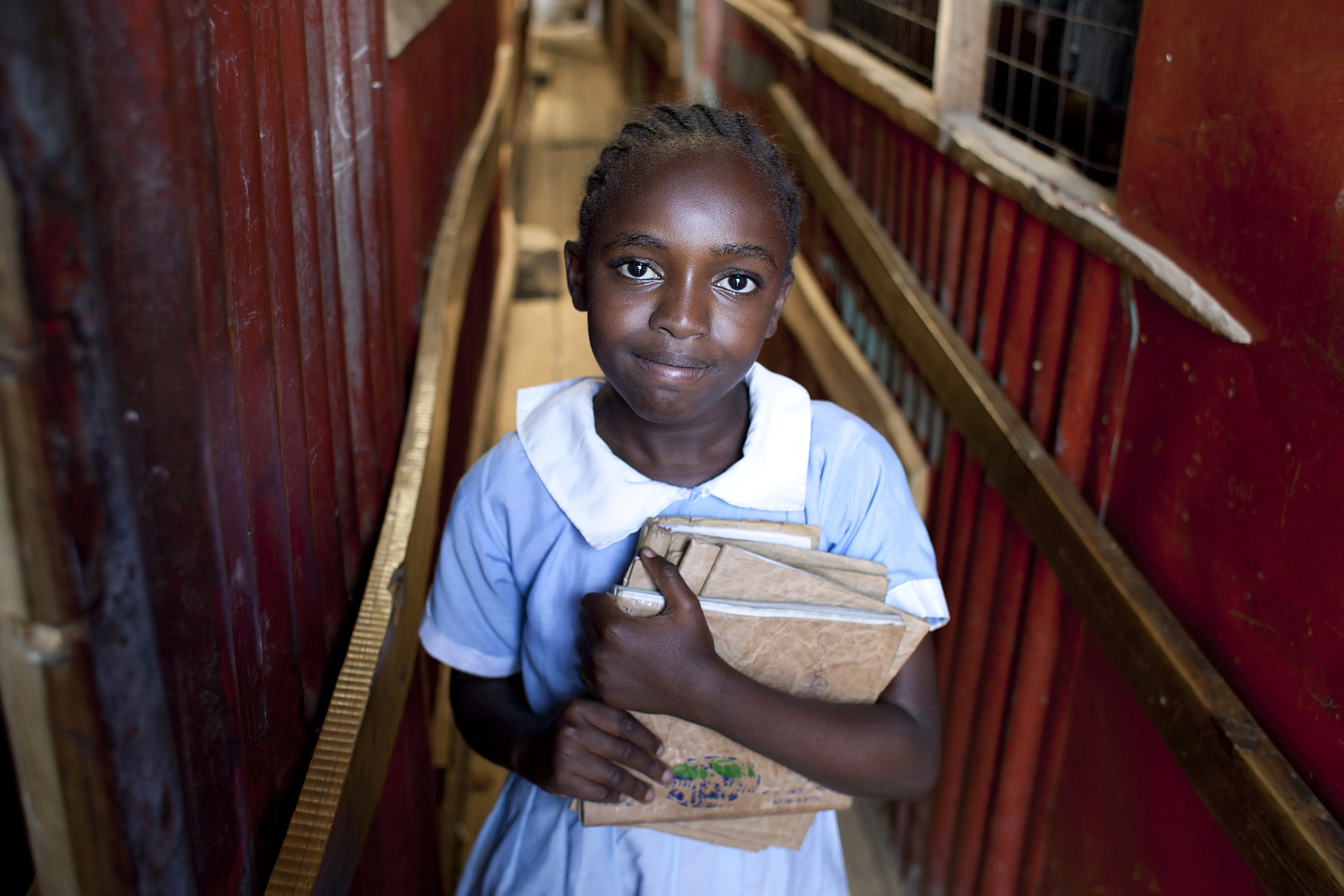
It’s not just a girl or woman’s immediate family that benefits from her quality education. Studies have shown that, when 10% more girls in a given country attend school, that country’s gross domestic product increases by an average of 3% — which can make a huge difference in a developing economy.
Beyond the immediate effects on a country’s GDP, promoting girls’ education can lead to women becoming more active participants in their communities, having a greater say in important decisions, and finding sustainable solutions to other causes of poverty.
How does education promote gender equality?
Quality education helps to promote gender equality, in and outside of the classroom.
Gender-equitable education systems empower both girls and boys to develop life skills that help young people succeed, including self-management, communication, negotiation, and critical thinking. And both boys and girls benefit from this approach.
Education empowers girls to know their rights. For boys, education helps them to be more equitable with the women in their lives. Educated men are also more likely to seek mental health support and less likely to abuse drugs and alcohol or engage in other high-risk behavior.
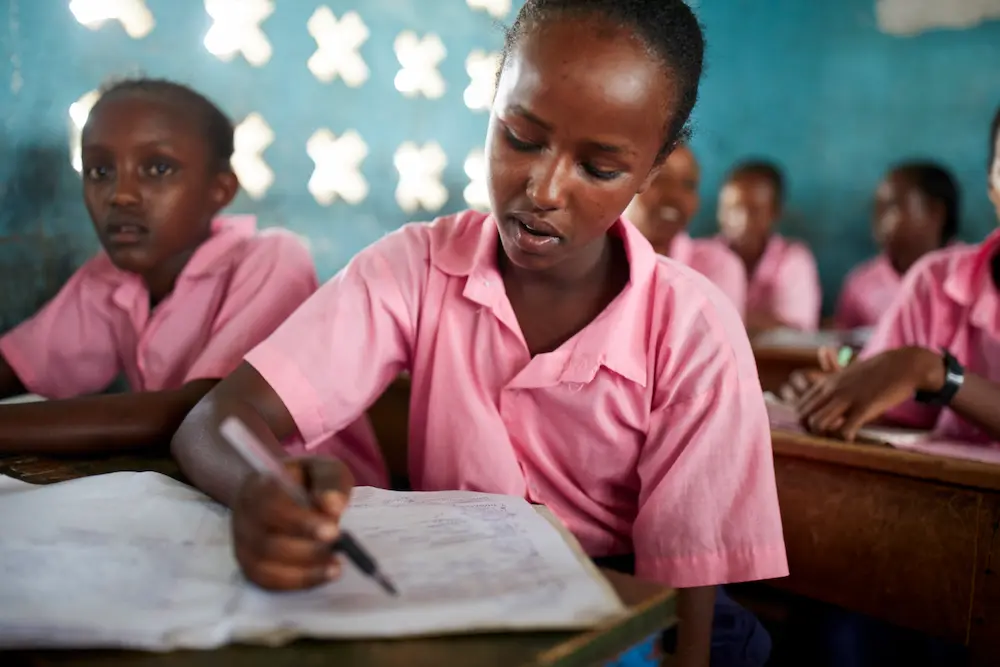
What are some of the problems encountered by girls in education?
There are many barriers to education for both girls and boys, including poverty, geographic isolation, and minority status beyond gender. However, girls face some unique challenges to accessing education.
1. Harmful gender norms
Harmful gender norms result in many inequalities between girls and boys. While gender norms affect all children, they disproportionately affect girls. More than 575 million girls live in countries where inequitable gender norms contribute to violations of their rights, including to education.
2. School-related gender-based violence and unsafe learning environments
School-related gender based violence (SRGBV) is also a significant issue of gender inequality in education. In the classroom, corporal punishment remains a reality in many classrooms, impacting overall well-being and also leading to lower attendance rates and higher dropout rates. One of the key challenges with SRGBV is that teachers may not be trained to identify or respond to GBV issues in school. They may also be the perpetrators of such violence. With poor accountability mechanisms, an unsafe learning environment will continue without any recourse.
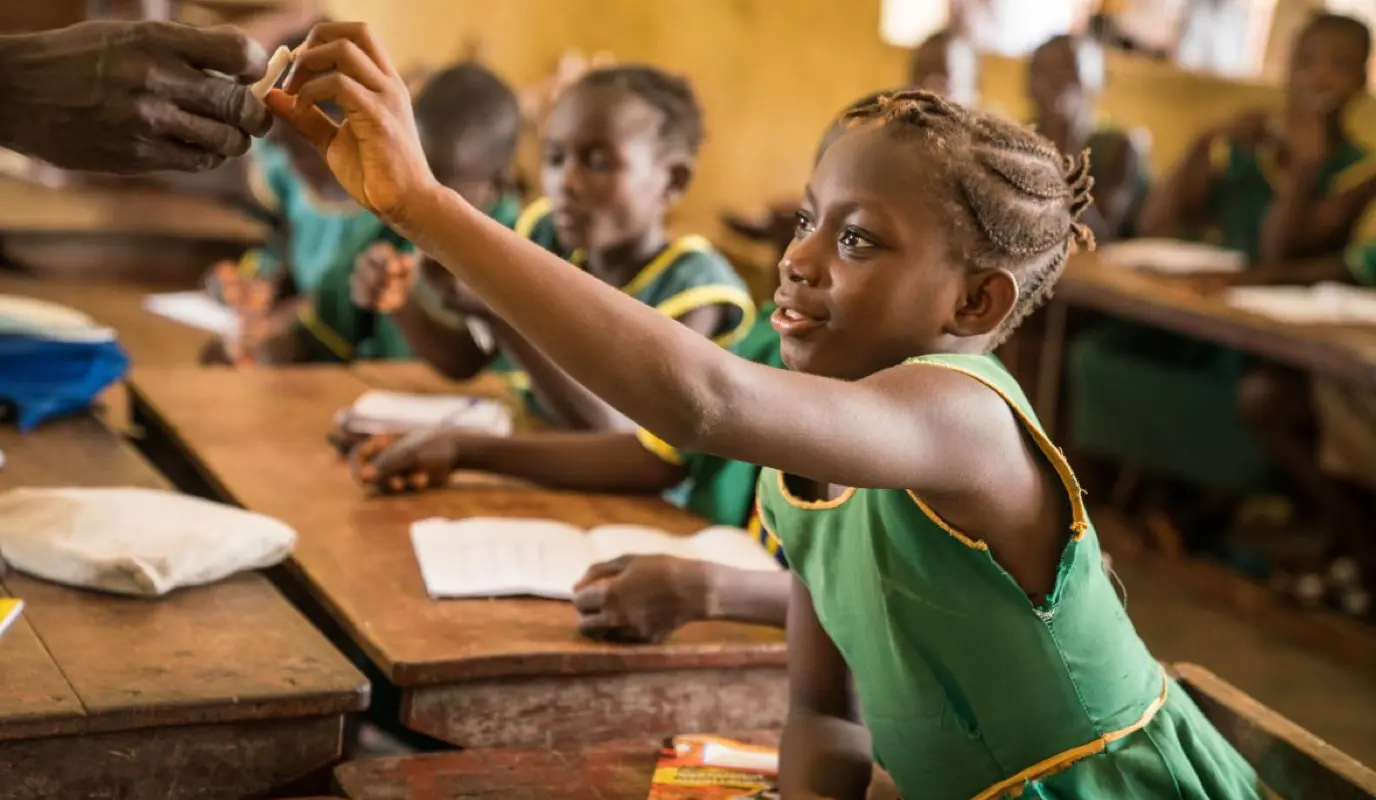
3. Inadequate sanitation facilities
Adolescent girls face additional challenges. Limited access to sanitary products, coupled with a lack of private space to wash, change, or dispose of them makes it more difficult for girls to attend school when they are menstruating. Additionally, shame and stigma around this is one of the main examples of gender discrimination in education, often discouraging girls from attending school when they have their periods.
4. Teenage pregnancy and child marriage
Girls who become pregnant often face significant stigma and discrimination from their communities. In many countries, government policies exclude pregnant girls from attending school. This can lead girls to drop out of school early and not return. Child marriage and education reach similar conclusions, with girls forced into early marriages and then expected to drop out of school to tend the home and start a family.
Girls’ education: Concern’s work
Concern’s work is grounded in the belief that all children have the right to a quality education. We integrate our education programs into both our development and emergency work to give children living in extreme poverty more opportunities in life and supporting their overall well-being. Concern has brought quality education to villages that are off the grid, engaged local community leaders to find solutions to keep girls in school, and provided mentorship and training for teachers.
In addressing the unique barriers that each community faces to education, we also look at the barriers faced by girls within those communities, including lack of sanitary facilities, school-related GBV, and other harmful gender norms that keep girls at home.

